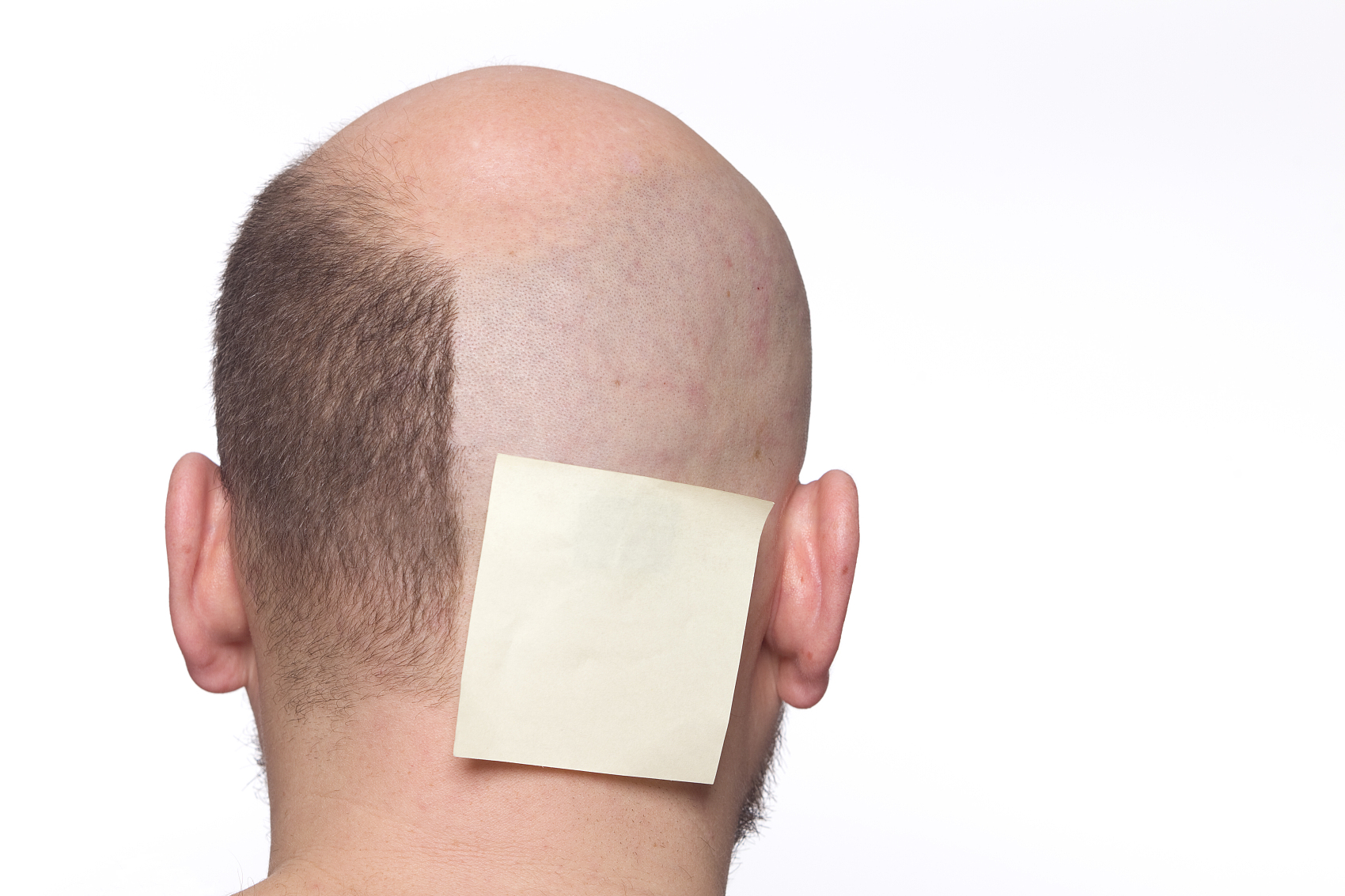Male pattern baldness—also called male androgenetic alopecia (MAA)—is the most common reason men lose their hair. It tends to get worse over time, and while the pace of hair loss varies from person to person, it can quickly take a toll on self-esteem and mental health. That’s often when people start looking for solutions.
Luckily, there are three main treatment options available, and the best one for you depends on the kind of results you’re hoping to achieve. Here’s a breakdown of what’s out there:
1. Aesthetic Solutions
If you’re looking for something quick and non-invasive, aesthetic options like wigs, hairpieces, and strategic hairstyles can be great choices. These don’t stop or reverse hair loss, but they can help cover thinning or bald spots effectively—and instantly.
They’re easy to find, affordable, and can even be combined with longer-term treatments like medication or hair transplants. Some people also use hair dye to give the illusion of thicker hair. While these fixes aren’t permanent, they’re popular for a reason: they’re simple and offer immediate results.
2. Hair Transplants
If you’re after a more lasting solution, you might want to consider a hair transplant. This procedure involves moving hair from the back of your head (where it’s usually thicker) to the areas where you’re balding. Once transplanted, the hair continues to grow naturally—you can cut, style, and wash it just like the rest of your hair.
There are a few common techniques used by professionals, including:
- FUE (Follicular Unit Excision)
- FUT (Follicular Unit Transplantation)
- Rigeneron micrografting
Whichever method you go with, make sure you’re working with a highly qualified specialist. For example, Dr. Carlos Puig, founder of the Physician’s Hair Restoration Center, has performed over 20,000 transplants and is widely respected in the field. It’s this level of experience you should look for if you’re serious about surgery.
3. Medications
Another option is using medication to slow or stop hair loss. The two most commonly used drugs are:
- Finasteride (a prescription pill)
- Minoxidil (a topical solution available over-the-counter as a foam or lotion)
These treatments don’t work overnight, but they can be effective for maintaining or slightly regrowing hair. It’s important to talk to a healthcare provider before starting either one, especially because there can be side effects. For example, while finasteride is generally well-tolerated, some users report a reduced sex drive.
Final Thoughts
If you’re dealing with male pattern baldness, you’re not alone—and you have options. You can start with simple aesthetic fixes, but if you’re looking for more lasting results, it’s wise to consult a dermatologist or hair specialist. Whether it’s medication or a transplant, the right treatment plan can help you feel more confident and in control.







